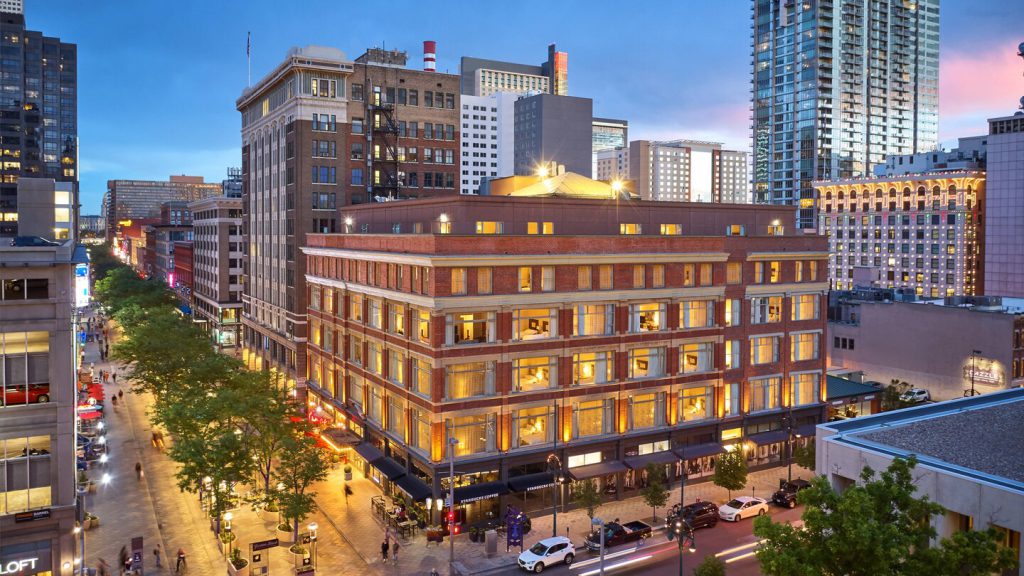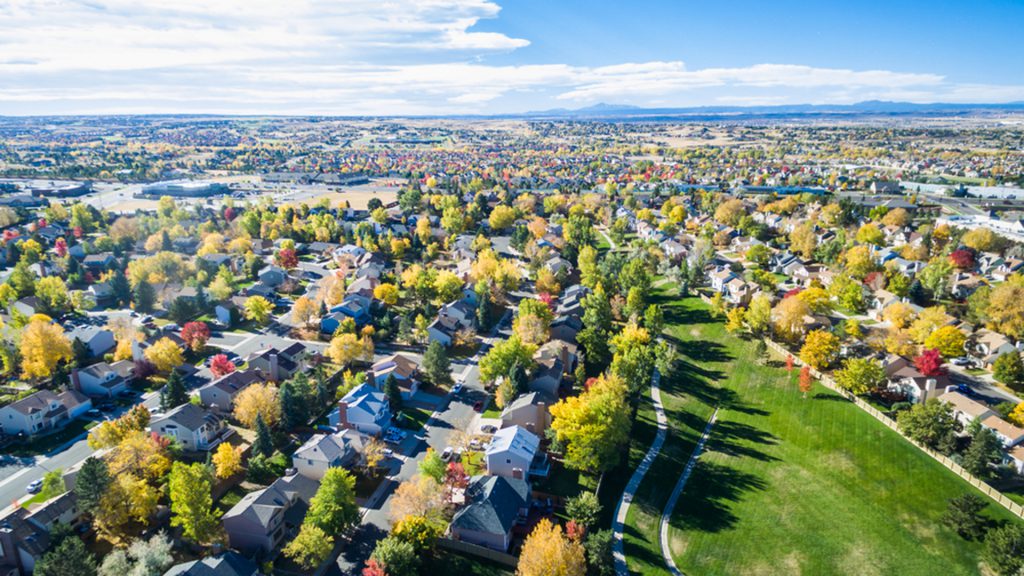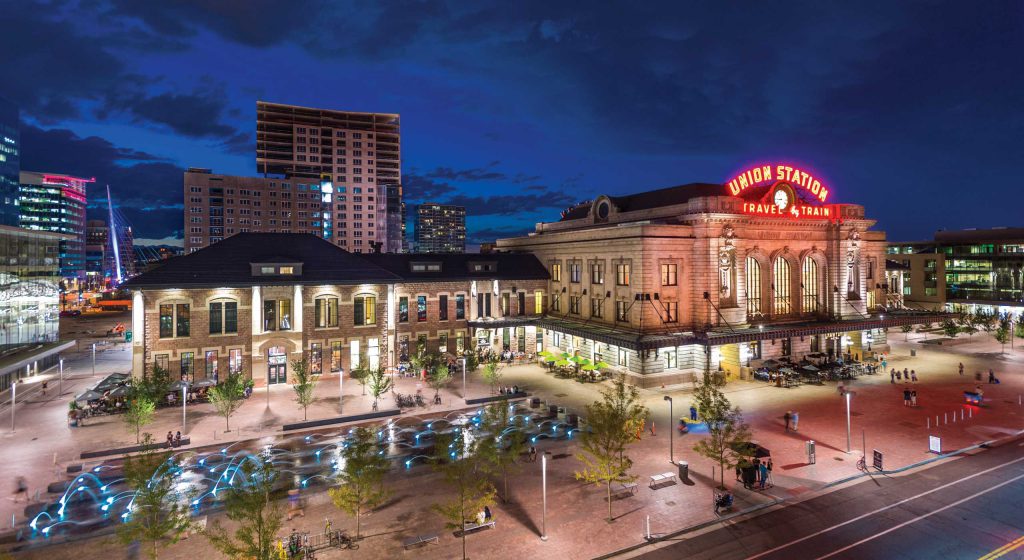One of the most sparsely populated states in the US, Wyoming is a land of rugged landscapes, rich tribal legend, rodeos, ranches, cowboy towns, and some of the world’s great wilderness areas. The Cowboy State is the ideal destination for anyone who wants to explore the dramatic natural beauty of the American West. Yellowstone, with its geothermal wonders, together with the spectacular Grand Teton National Park comprise one of the largest intact temperate-zone ecosystems on the planet. Welcoming nearly 4 million visitors each year across their two official national parks and multiple national forest reserves, Wyoming is considered as one of the wilder and more rugged states. Home to over 65 species of mammals and dozens of species of birds and fish, Wyoming is the nature lover’s state for sure.
Wyoming is a state of wonderful, rugged American wilderness and free-range living, but it’s much more than just ranchers and Old West culture. Known as a great place for retirees and outdoors types, this northwestern state offers reasonable cost of living, low taxes, boundless natural beauty, and the list goes on. It is also a large state with the country’s smallest population.
If you’re moving to Wyoming, there are a lot of things you’re going to need to know. Luckily, you’ve come to the right place.
Here are a few pros and cons to consider as you make your move to The Cowboy State:
Wyoming’s economy is greatly driven by the tourism and mineral extraction industries, though agriculture is another major aspect as well. Top employers are generally state or federal government-based, including the University of Wyoming and F.E. Warren Air Force Base. Unemployment, meanwhile, is slightly below the national average – but during the Recession, it was actually far below.
The main drivers of Wyoming’s economy are tourism and the extraction of minerals such as coal, oil, natural gas, and trona. Agricultural commodities include livestock, hay, sugar beets, grain (wheat and barley), and wool.
Wyoming is a state that has an employment rate of 4.5 % which is lower than the national one. The minimal hourly wage is $7.25, while the most highly-developed industries are energy extraction, tourism, and agriculture. The biggest part of the state GDP consists of the revenue received from these industries, while all the other directions are represented too. Most of the jobs are also available in the extraction industry as well as healthcare.
The Jackson Hole Airport is no doubt the largest airport in Wyoming and employs over 500 staff. Others are Casper International Airport, Cheyenne Regional Airport, Yellowstone regional airport, and Gillette-Campbell County Airport. Wyoming has three interstate highways and thirteen national highways passing through it. Additionally, Wyoming also utilizes the Wyoming state highway system.
Wyoming has some railroads like the BSNF Railway, Canadian Pacific Railway, Swan Ranch, and Union Pacific Railroad.
The south of Cheyenne is the entrance to the Interstate 25 which runs north and then intersects Interstate 80 to the west of Cheyenne. Wyoming also has ten other U.S Highways that pass through it and Wyoming is one of the only two states which is not served by Amtrak.
Wyoming is one of the north-western states that can boast the 10th largest area and is the 2nd least populated state. Moving to Wyoming is not that popular among the US residents, but still, there are people who manage to appreciate all the benefits of living in this state. The reason for that is a big number of positive sides that outnumber any possible drawbacks of being a resident there.
It goes without saying that Wyoming is an affordable place to live, as its cost of living index is only 5% higher than the national average one. However, Wyoming is ranked 15th among the US states for the median family income.
It is natural that in a state with a short growing season groceries and other products will be a bit more expensive than in sunny states. However, the biggest influence on the increase of this index was made by healthcare – it is 33% more expensive in Wyoming than around the US although features excellent quality. Both utilities and transportation are even more affordable than in other American states. In general, there are counties that are more affordable and Teton and Laramie Counties are the most expensive ones.
Moving is one of the most exciting and overwhelming events in our lives. While there are many moving companies and various different resources to choose from, there is only one Real Movers. If you are in the process of planning a long-distance move, and you are looking for a moving company you can trust, Real Movers is your perfect choice.















